8 haunting images of the last members of animal species that became extinct
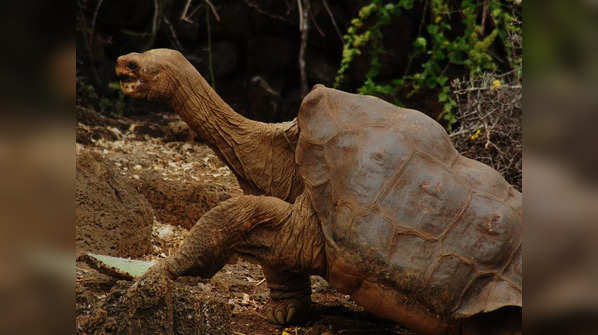
The lonely endlings
The concept of an ‘endling’ is a poignant reminder of our planet’s fragile biodiversity. These are the last known individuals of their species, and their images serve as haunting symbols of loss. As per experts, "Endling" is a poignant term used to describe the last known individual of a species. This concept highlights the stark reality of extinction, where once-thriving species are reduced to a single, lonely individual. Here, we explore eight such endlings, whose existence marked the final chapter in their species’ history.
Image: Getty Images
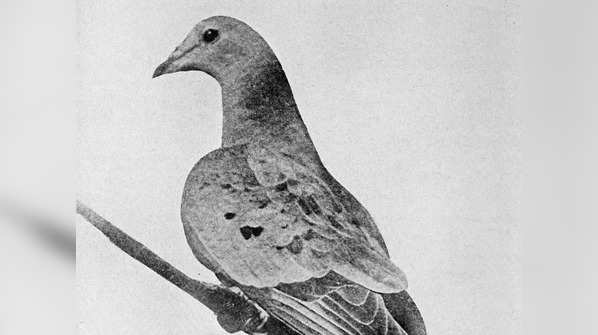
Martha, the passenger pigeon
Martha was the last known passenger pigeon, a species that once darkened the skies of North America with their numbers. She died on September 1, 1914, at the Cincinnati Zoo. Her demise signaled the end of a species that had been hunted to extinction.
Image: Public Domain

Benjamin, the thylacine
The thylacine, or Tasmanian tiger, was the largest carnivorous marsupial of modern times. Benjamin, the last known individual, died in 1936 at the Hobart Zoo in Tasmania, a victim of hunting, disease, and habitat loss.
Image: Public Domain
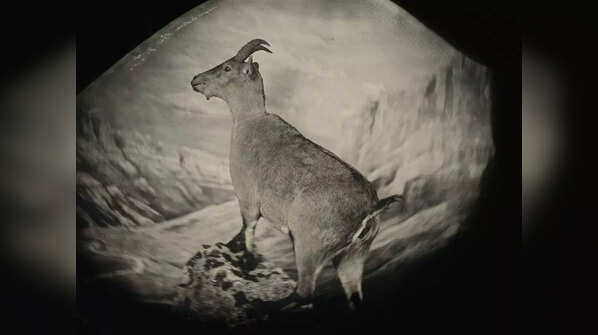
Celia, the Pyrenean ibex
Celia was the last Pyrenean ibex, found deceased in Spain in 2000. Her species succumbed to pressures from hunting and competition with domestic cattle. Though attempts were made to clone Celia, they ultimately failed, cementing the ibex’s extinction.
Image: Public Domain
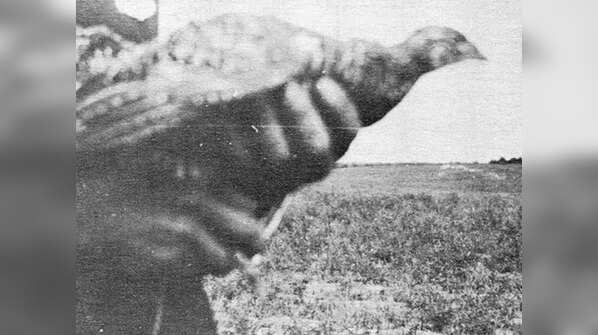
Booming Ben, the heath hen
Booming Ben was the last heath hen, a subspecies of the greater prairie chicken. He was last seen in 1932 on Martha’s Vineyard, Massachusetts. Conservation efforts could not save his species from the impacts of habitat destruction and a devastating wildfire.
Image: Public Domain

Lonesome George, the Pinta Island tortoise
Lonesome George was the last known Pinta Island tortoise from the Galápagos Islands. He became an icon of conservation efforts before his death in 2012. George’s species was decimated by hunting and invasive species.
Image: Getty Images

Toughie, the Rabbs’ fringe-limbed treefrog
Toughie was the last known Rabbs’ fringe-limbed treefrog, a species discovered in Panama. He died in captivity in 2016, a silent witness to the devastation caused by habitat destruction and a deadly fungal disease.
Image: AFP

The last Barbary lion
The Barbary lion, once the king of North Africa’s Atlas Mountains and the deserts of the Maghreb, fell victim to overhunting and habitat loss. The last recorded sighting of this majestic creature was in the wilds of Morocco in the early 1920s, with unconfirmed reports suggesting that small groups may have survived until the 1960s.
Image: Public Domain
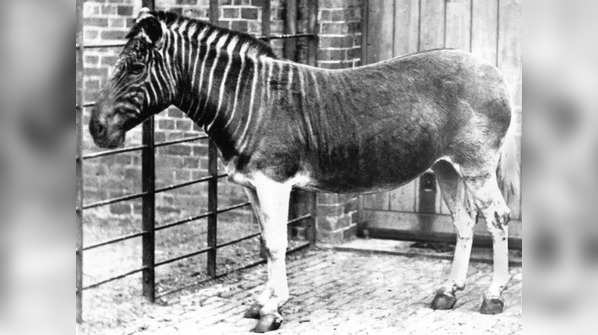
The last quagga
The quagga, a unique subspecies of the plains zebra, was distinguished by its limited pattern of brown and white stripes. The last captive quagga died on August 12, 1883, in Amsterdam. This marked the tragic conclusion of a species that was extensively hunted in South Africa for its hide and meat.
Image: Public Domain

Is it possible to revive an extinct species?
The possibility of reviving extinct species, often referred to as de-extinction, is a topic that intertwines cutting-edge science with ethical considerations. Advances in genetics, particularly the gene-editing technology CRISPR-Cas9, have brought us closer to the reality of bringing back species like the woolly mammoth or the Tasmanian tiger. The process begins with sequencing the DNA of the extinct species, which is then used to edit the genes of a closely related living species. However, there are significant challenges, such as the degradation of DNA over time and the ethical implications of manipulating living species for this purpose. Moreover, it’s important to note that it is impossible to recreate extinct animals exactly as they were, as key genes may be missing or irrecoverable. Therefore, while de-extinction could potentially restore certain species, it raises questions about the authenticity of the revived animals and the impact on current ecosystems and conservation efforts.
Image: Canva









